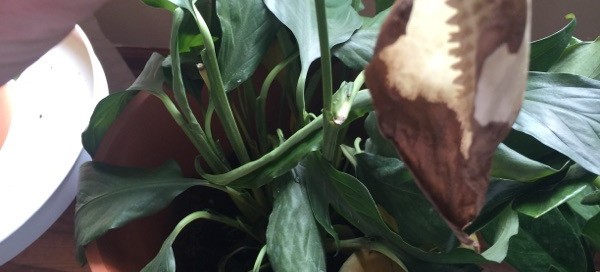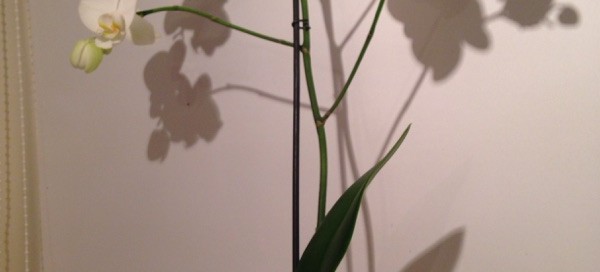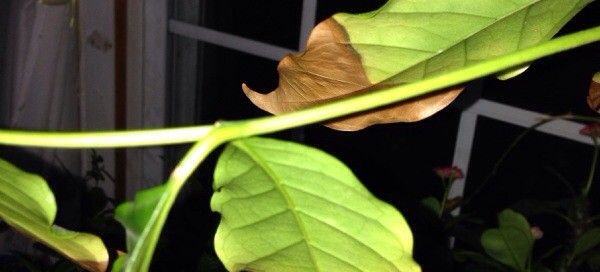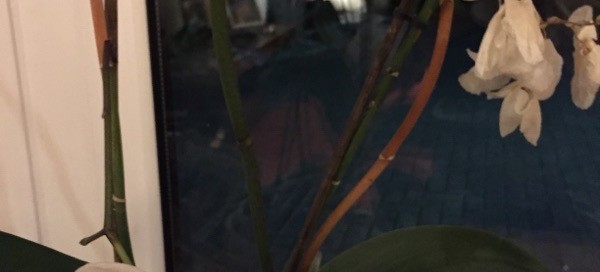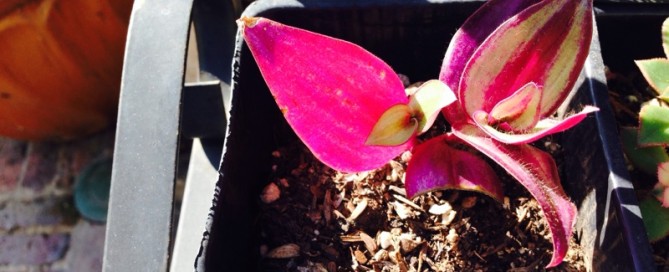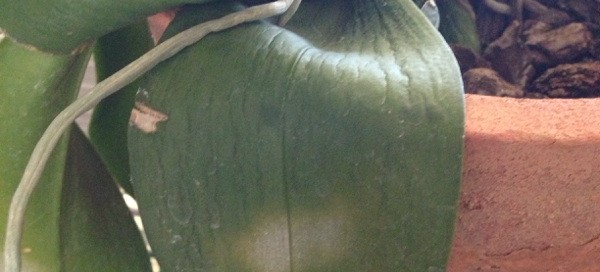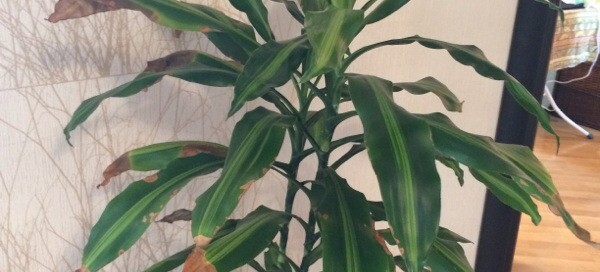Money Treemalabar Chestnut
This is a Pachira or Money tree plant. Use a smallish container because a too-big container will hold too much water. Soggy potting mix is often the biggest problem with this plant, causing stem and root rot and yellowing/dropping leaves. Growing money tree in a small container will also prevent it from getting too big. In fact, this tree can be grown as a bonsai. Regular pruning will also help control its size. Pinch or prune off growing tips. Give it a winter rest. Keep your money tree warm and in bright light year-round. But cut back on water and stop fertilizing in the winter months because growth slows down with lower light levels. Brown, crispy leaves is a symptom of dry air or low light levels. Plants often are in shock when moved to a new home because they are adjusting to a new environment. Keep your plant away from heat/AC vents and cold drafts from windows or doorways. Dropped leaves are also caused by relocation shock. If your new tree drops its leaves, don't give up on it. They'll grow back with good care. Place your money tree in a bright location and leave it there. Increasing humidity around the plant can help. While it's tempting to overwater a shedding plant, don't. It only makes the problem worse.

